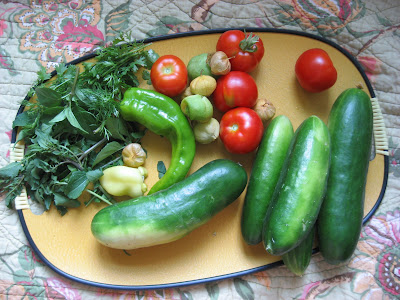
As a child, I took my share of family road trips every summer. The six of us, four under 18 (with the occasional additional kid- friend), would pile into our Dodge Caravan and set out for the open road for weeks at a time. Vacation.
Summers were hot, and the caravan, without air conditioning. We were a sticky, somewhat smelly bunch. Our kitchen was a bright yellow cooler, from which we’d eat peanut butter and jelly or cheese and mustard sandwiches. Our dining room, rest areas or the car. I’m sure no family member will argue with me when I say that our trip soundtrack was a chaotic one: The hum of the tires on the road punctuated by the now and then rattling of something loose on the caravan; Dad commanding my brothers to sit on their hands, rendering them incapable of pestering my little sister with them; and on top of all this, the sweet sound of Lionel Richie or Kool and the Gang blasting through the not so super car speakers.
These trips were memorable for different reasons. Some were better than others of course, and I’m not sure they counted at all as vacation for my parents. One thing was for certain on each trip; if dad was with us (sometimes he stayed home to work on the farm) he was always looking forward to the day when the caravan would pull onto our dusty gravel road, returning him to his land. At the time, I figured he was worried about the farm. Worried that there had been a break in the irrigation line, that deer had munched on the rootstock, or that the crew hadn’t shown up. And while all of that may have been true, I realize now, after being away on my second vacation of the summer, that it was also perhaps love that made him long for home.
My garden welcomed me back to Portland like a porch light in the night. The bush beans had exploded; tomatillos hung like hundreds of tiny lanterns on the bushy vine; on the lowest branches of the Stupice vine I found my first tomatoes, which inspired unparalleled excitement even after years of growing tomatoes; and cucumbers lazed around like giant sea lions on a dock.
Overwhelmed by the abundance, I tried to focus on the task of harvesting as my mind bounced here and there thinking of what I might do first. Make salsa, dilly beans, pickles? In the end, I couldn’t decide, and so I did it all, practically at the same time. On my first day home I baked two loaves of bread, made a big bowl of garden fresh salsa, cleaned up the garlic for storage, made my favorite pickle from the Zuni Cafe cookbook, froze a half flat of blueberries picked on the way home, made fresh pasta and tossed it with dried chili pepper, lemon zest, cream and just-picked figs from a friend’s tree, and made currant preserves (Bar le Duc).
Tom and I did okay on our trip eating out of the bright yellow cooler. But much like my dad, I think I’ll always love coming home to places that greet me, and feed me, like this one.











